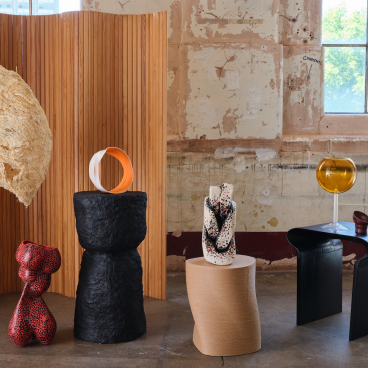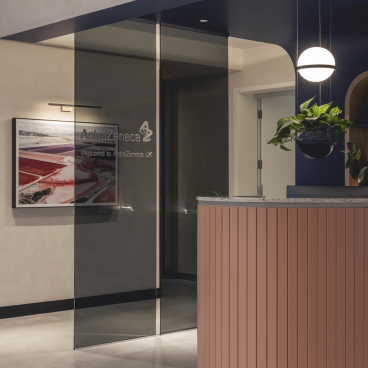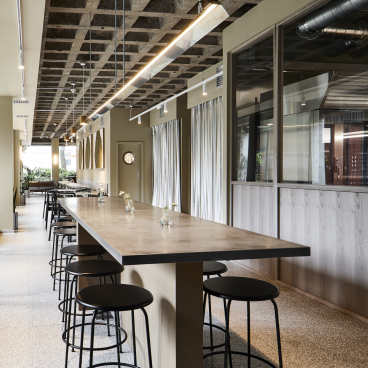Graduate spotlight: Interior designer and circular thinker, Lucia Mills.
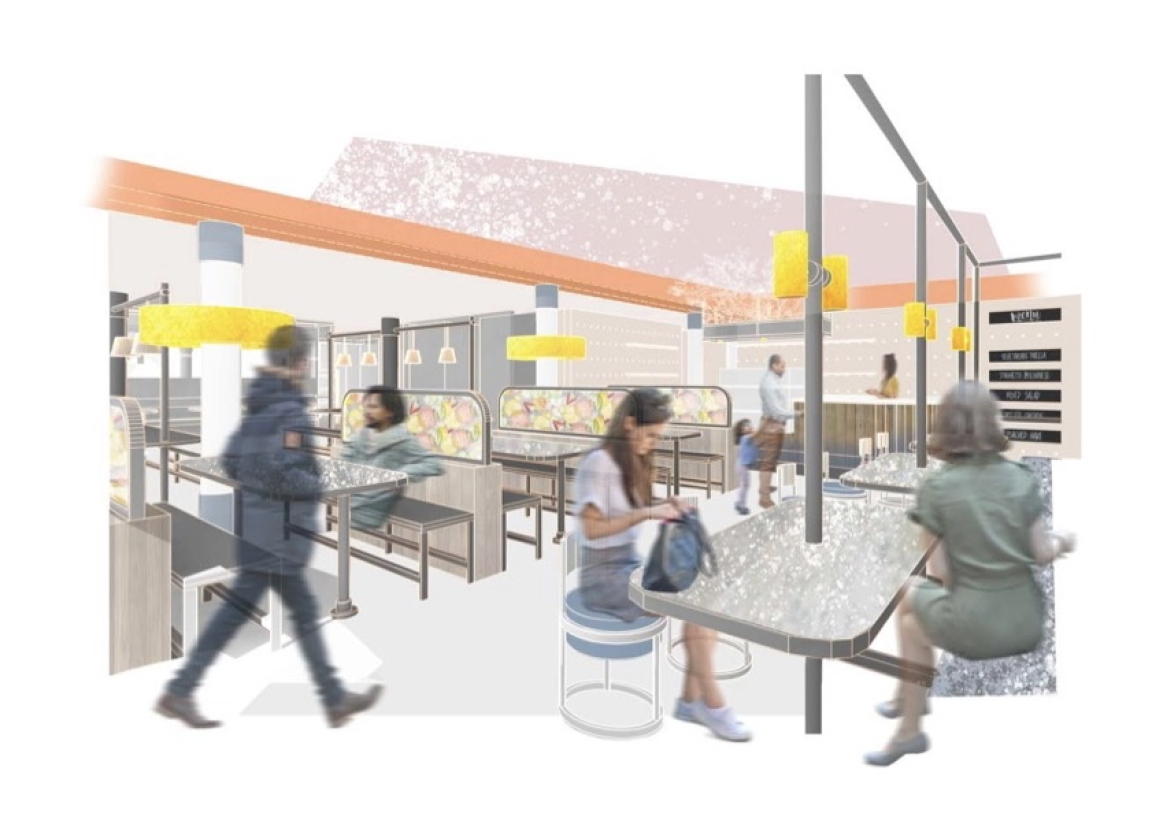
Concluding our graduate spotlight series is Lucia Mills, a forward-thinking and benevolent interior design graduate from Manchester School of Art, determined to reinvent community spaces and food waste simultaneously.
Mills’ graduate project, Seasons is a socially compassionate enterprise that inspires reassessed ways of living that support the surrounding environment and local community.
By promoting an inspiring and serene social destination, the project proposes to unite members of the community to shop and eat together, giving people the flexibility to pay within their means, astutely rupturing the stigma associated with food banks.
Positioned on Oldham Street, right in the heart of Manchester’s historically avant-guard Northern Quarter district, Mills’ proposes a material palette defined by the surplus food from partnered businesses, adopting a circular approach to the materiality of the scheme.
Now a junior interior designer at 74 design studio in Manchester, we caught up with Mills to hear all about her inventive concept for Manchester City Centre in her graduate project, Seasons.
Can you please tell us what spurred the idea of using food waste for the material palette of your project?
“My final year project Seasons is a socially and environmentally responsive initiative aiming to inspire ways of living that are sustainable and support the local community, whilst reducing food waste. In connection with the existing network of ‘Community Fridges’ set up by the organisation Hubbub, Seasons aims to further remove the stigma associated with food banks by creating a social space that brings people together to shop and eat on a pay-as-you-feel basis.
“With this in mind, it seemed necessary to create a material palette driven by the concept, that incorporated food waste and food packaging directly within the interior fit-out."
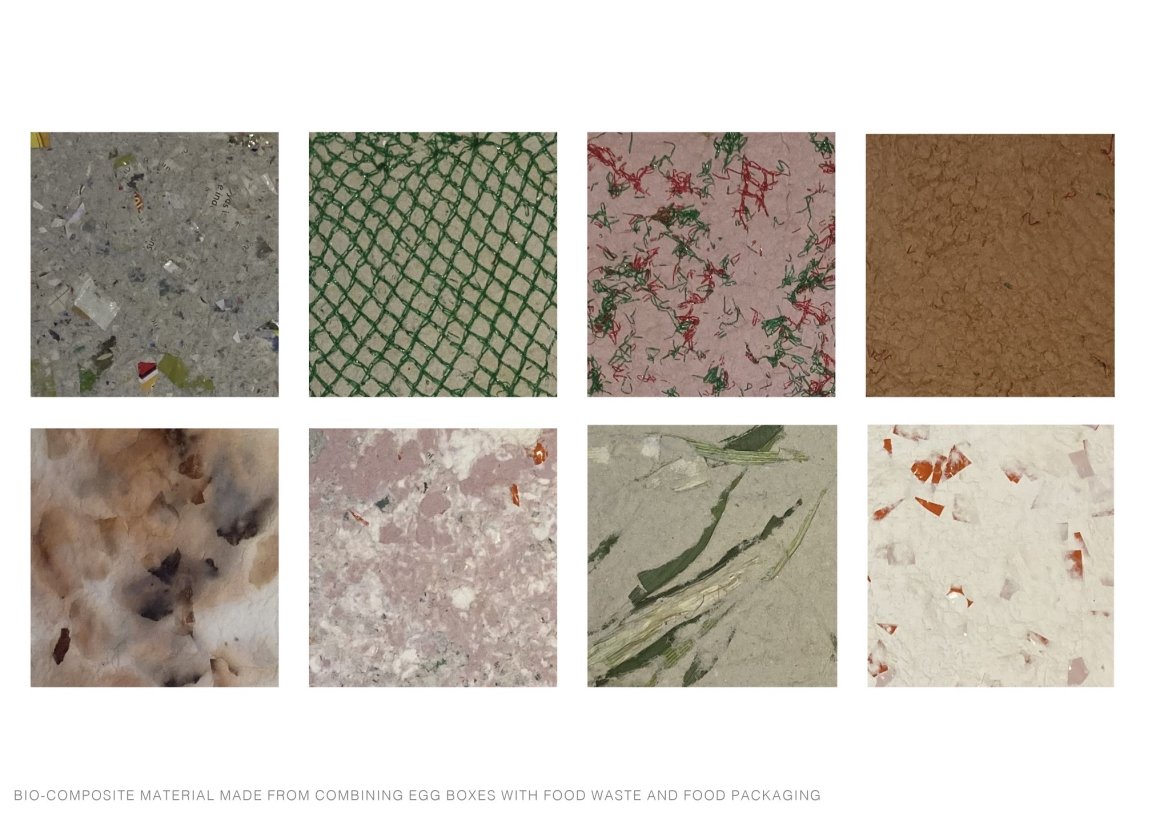
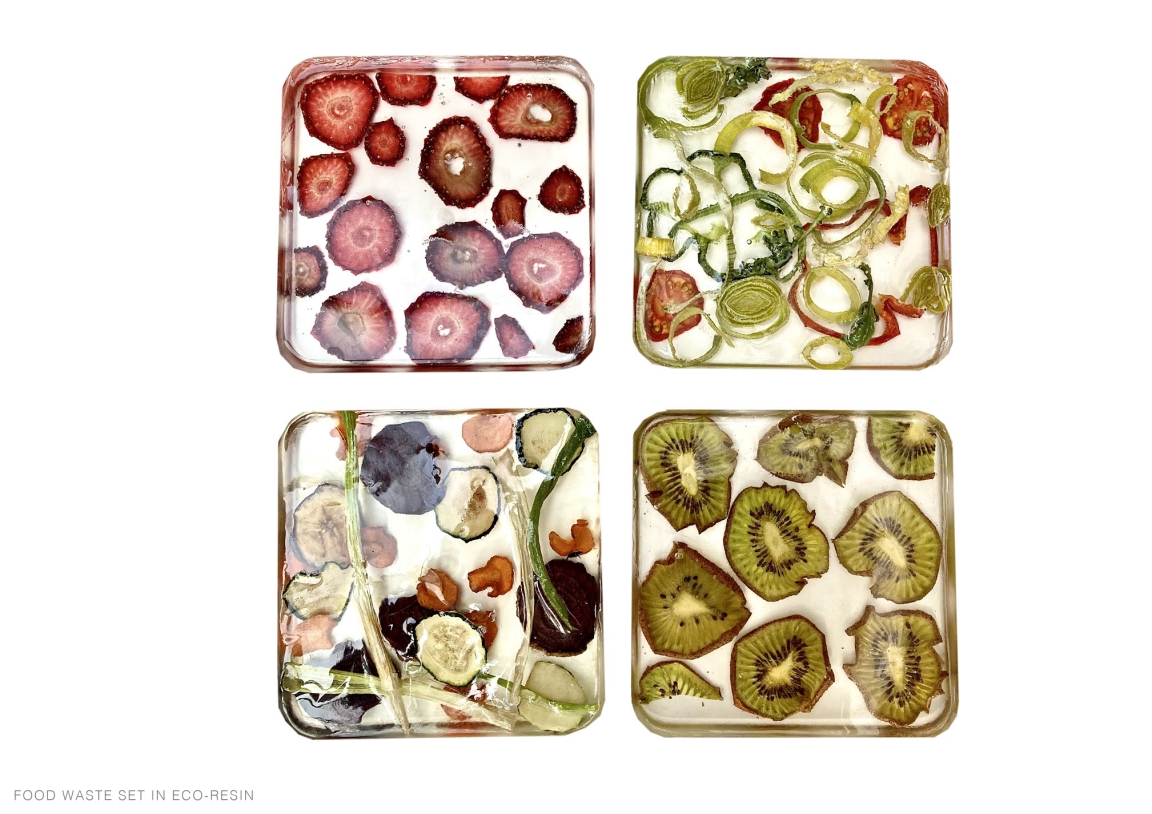
In what areas of the built environment do you see biomaterials being applied?
“Plant-based alternatives like hemp, mycelium and cork are becoming widely used throughout all areas of the built environment. However, I would like to see biomaterials made from food waste and packaging becoming more mainstream, particularly in public and community spaces. Materials made from food waste offer exciting opportunities to create dynamic and eye-catching interior spaces that can also be used to raise awareness of the way we produce and consume food."
What are the main food waste streams you see as most abundant? And why?
“Household waste and commercial waste (primarily from supermarkets and restaurants) are both abundant streams of food waste which need to be better managed in order to reduce perfectly good food from going to landfill. Could this waste be used to create new materials to make the building industry more sustainable?"
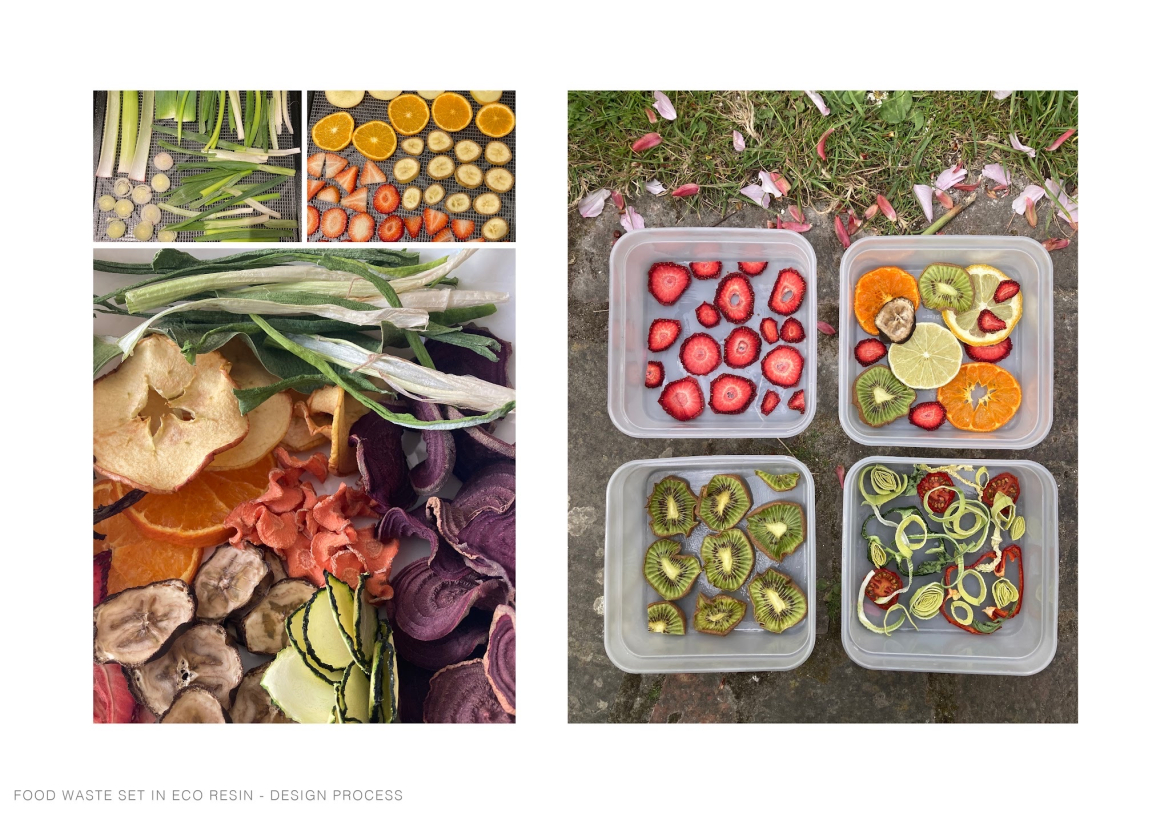
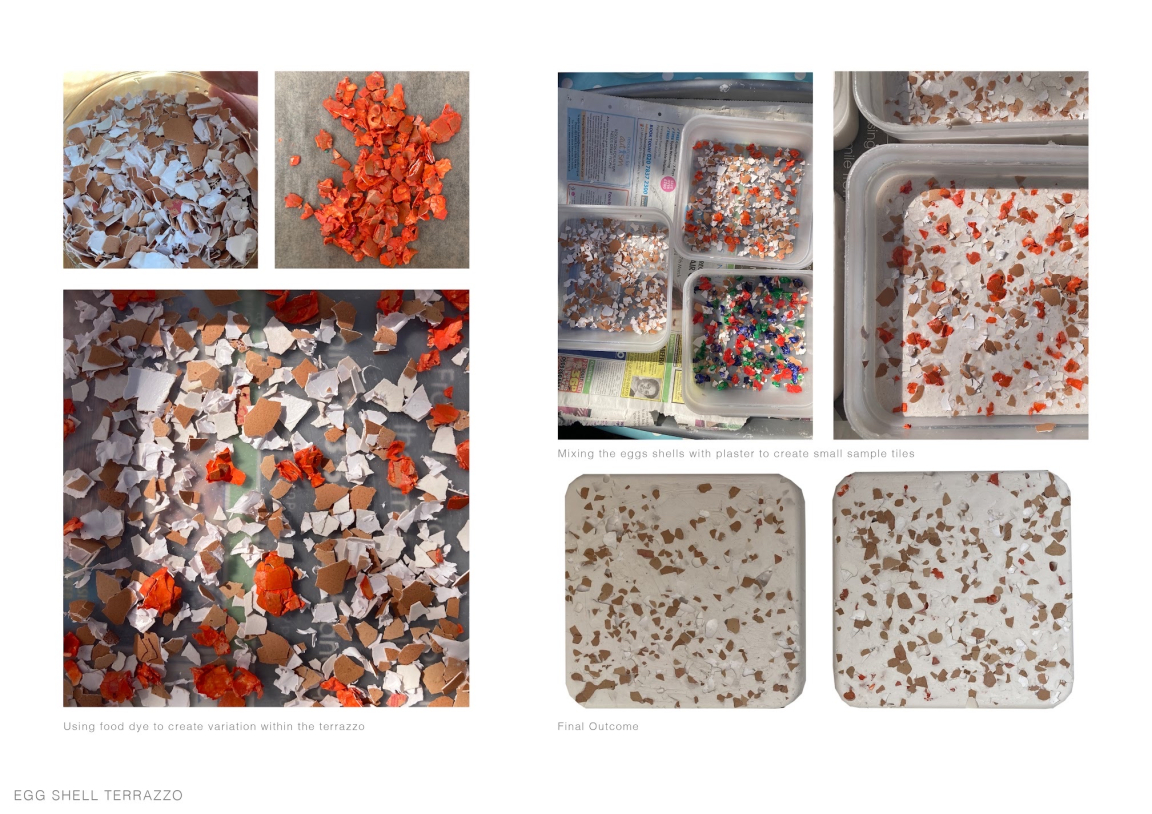
Why do you think a switch to seasonally driven materials is becoming important to the materiality of our cities?
“I think sustainability is becoming fundamental to all stages of design. Using materials that are local, plentiful and in season is one of the best ways to help create a built environment that is beneficial for people and planet."
During lockdown, there was a surge in reconnecting with nature, greater emphasis placed on community and a lean towards a slower place of living. As our lives return to what they were pre-pandemic, is biophilic design here to stay?
“Yes! I think that the past couple of years have pushed us towards valuing the things around us including our environment and community. I hope that future design continues to build on this desire for connection with both people and nature and further explores the importance of biophilic interventions."
To find out more about Seasons follow @luciamills_design.



